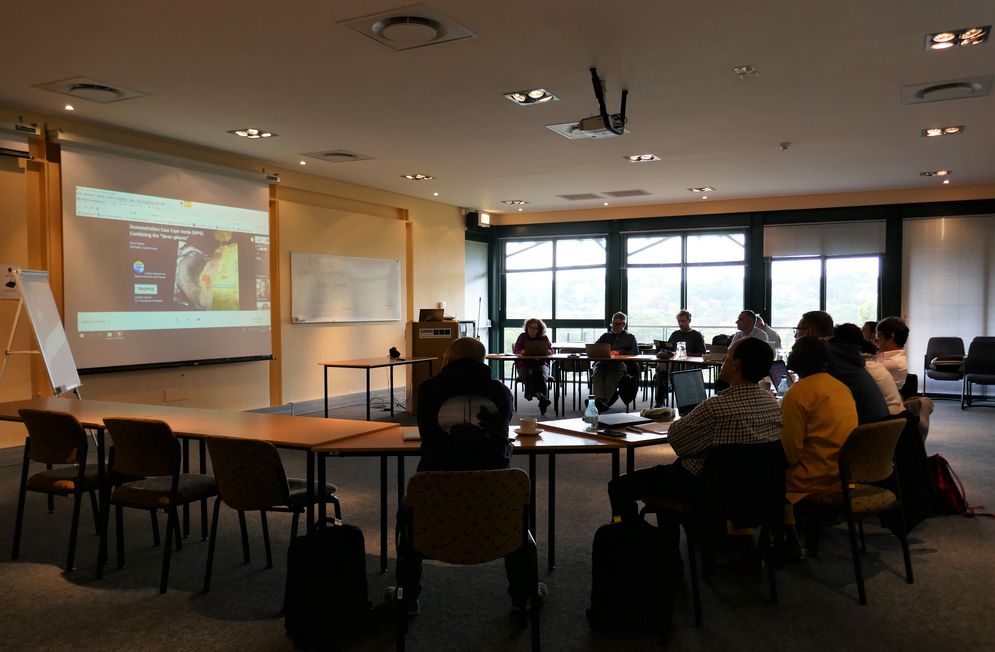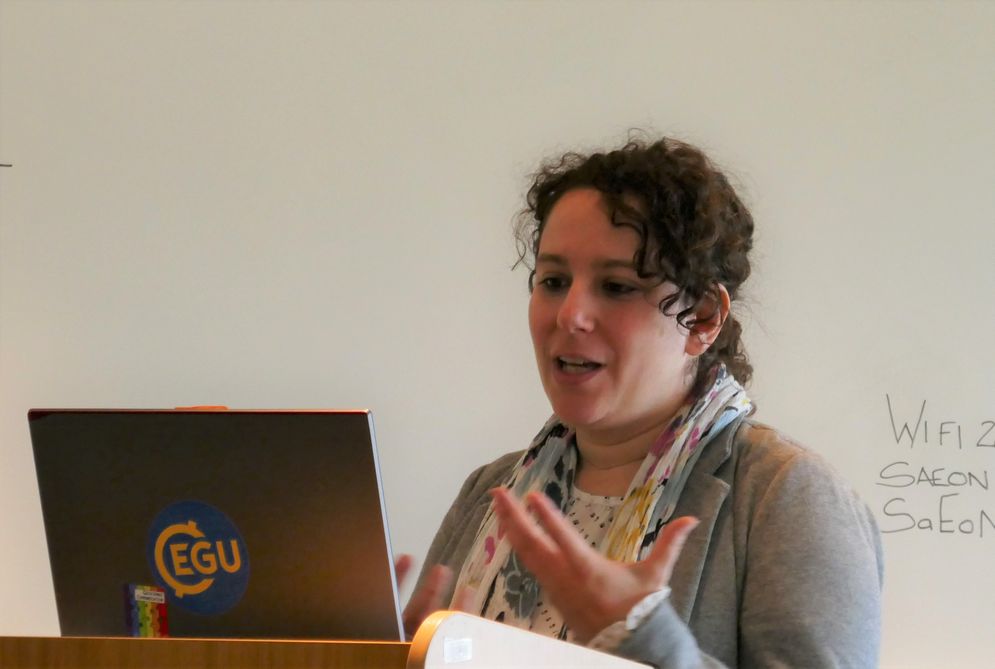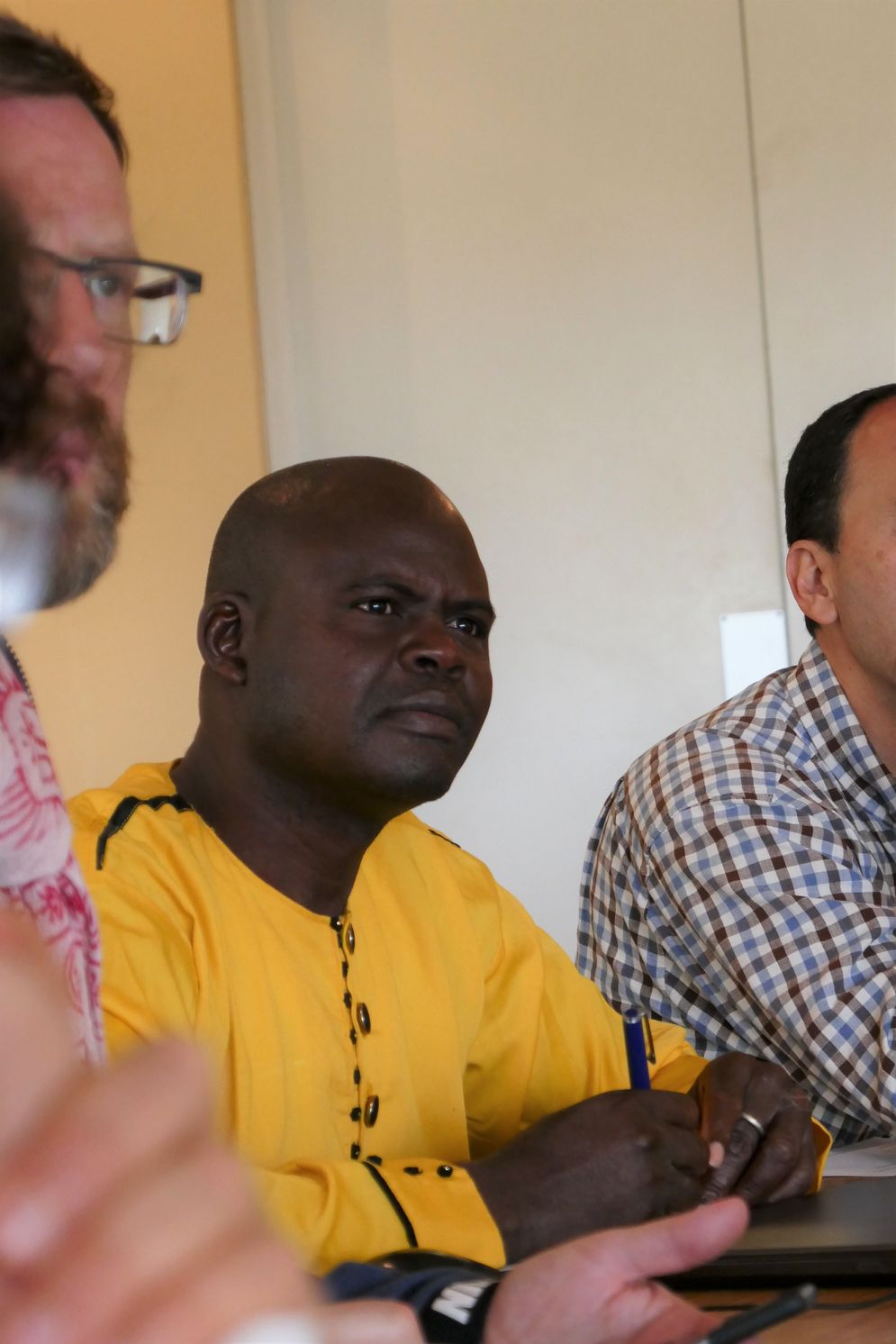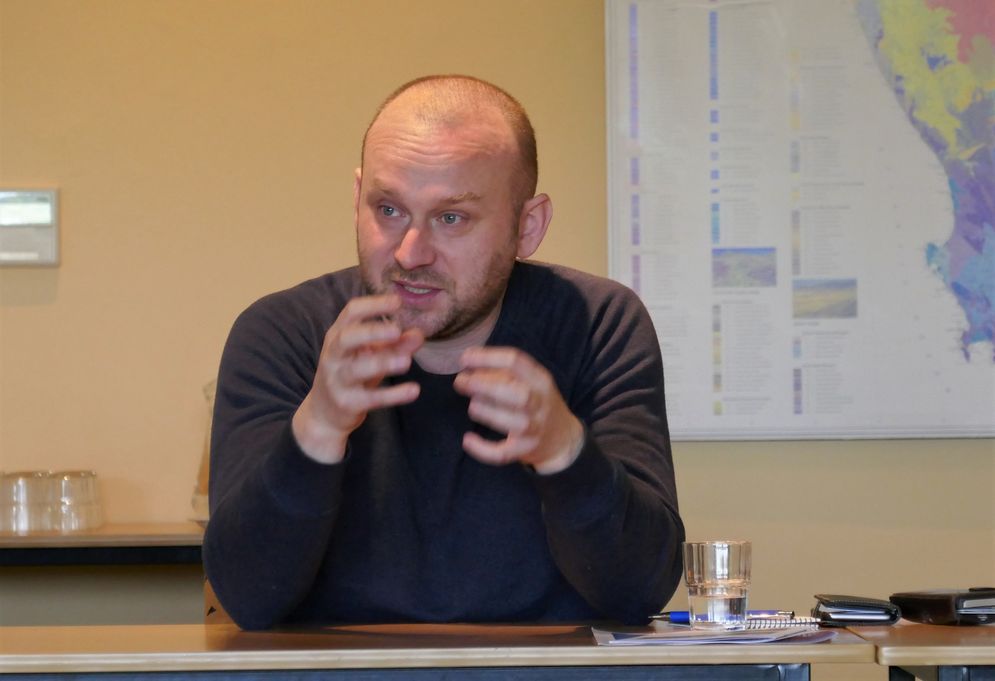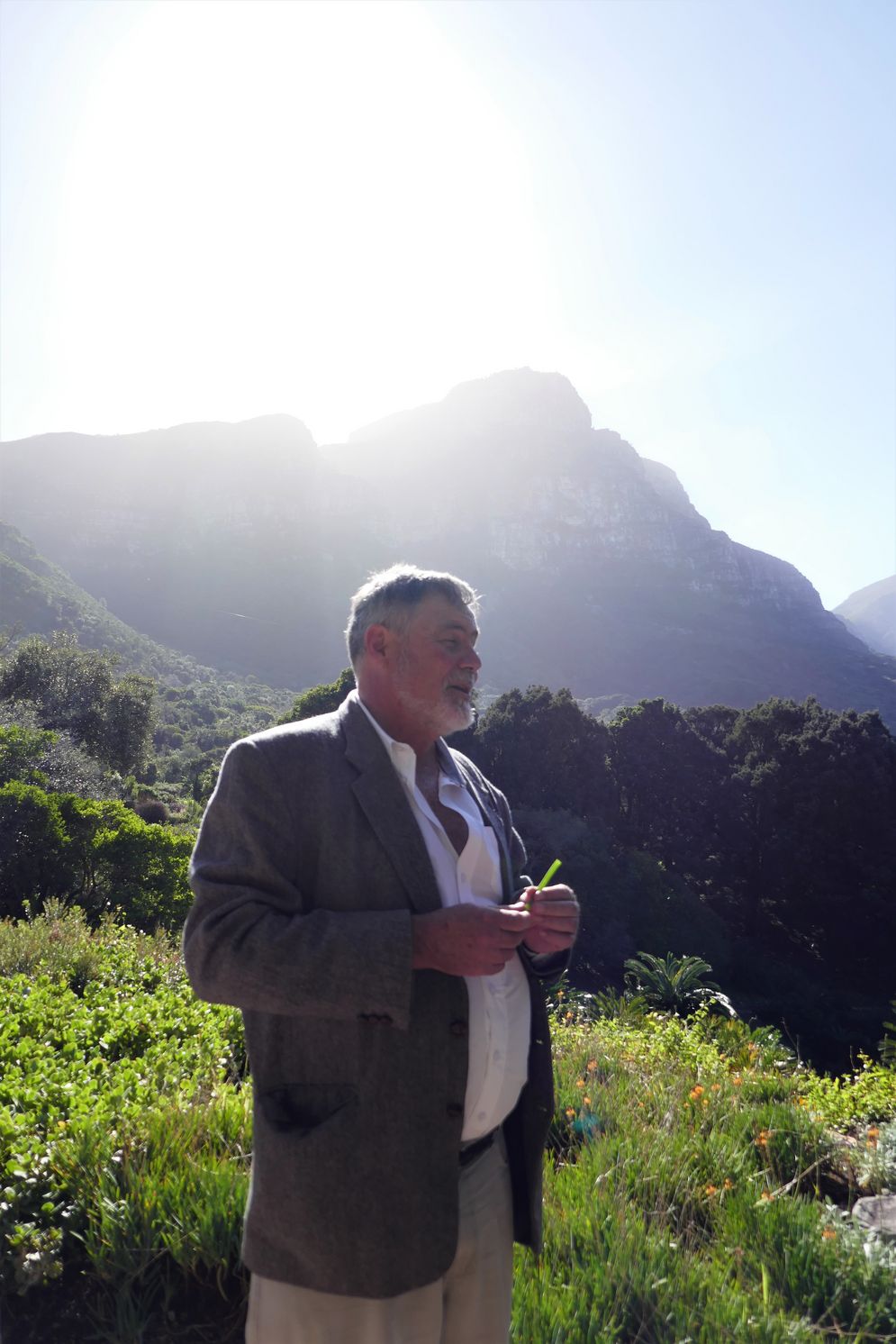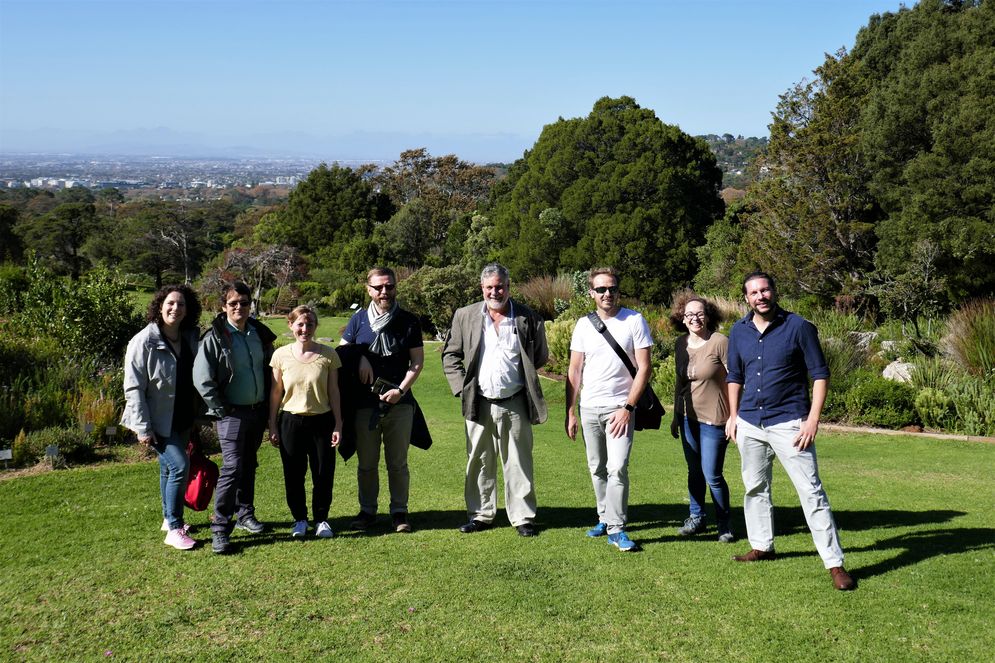Project Meeting 2019 and Workshop on Data Infrastructures
Hosted by the South African National Biodiversity Institute in Cape Town, the SEACRIFOG team met the third time for a project annual meeting. This year participants were also able to participate remotely. This set up was needed, since parts of the consortium did not receive needed visas in time ( highlighting once again the limitations in strengthening African scientific cooperation, as Africans cannot travel free on their own continent.
During the two-day meeting, the participants presented their progress and current results, but also discussed the problems and opportunities they face. Lively discussions supported the scientific and conceptual performance of the partners. The presentation by Alecia Nickless titled "An optimal observation network for Africa – using an inverse modelling approach" gained particular attention. Dr Nickless contributes to the work of SEACRIFOG by developing models to locate the optimal places of the measurement stations for the observation of greenhouse gases.
On the second day, discussions were focussed on the future of the project and the consortium. A main task will be to strengthen the stakeholder work, building on the current results. Since the meeting started early in the morning, there was time to visit the nearby Kirstenbosch botanical garden with interested participants. Bob Scholes took the lead and explained the floristic specialities of the “Capensis”, which builds its own small floristic kingdom.
Following the annual meeting, the SEACRIFOG team organized a stakeholder consultation workshop focussing on data infrastructures. The workshop's target was to obtain a common understanding of the scope and nature of carbon observation foreseen by SEACRIFOG, and the requirements these place on the data infrastructure. Wim Hugo by SAEON moderated the session, visited by participants from Africa and Europe. The participation increased by offering a remote attendance. During the workshop it was discussed how to move from harmonization to standardization of data. SEACRIFOG has been so far collecting of what is available, such as observation infrastructures consisting of different networks, containing different platforms and sensors. Those result in heterogeneous sources and types of data. The project partners are trying to understand how to make the best use of it, so providing or promoting harmonization and interoperability between the networks. In perspective, an optimal observation system design needs to conceive the monitoring infrastructure and the data infrastructure together, and move to standardization. Following the workshop, a survey was distributed to all participants. The outcomes will be analysed and presented soon.
